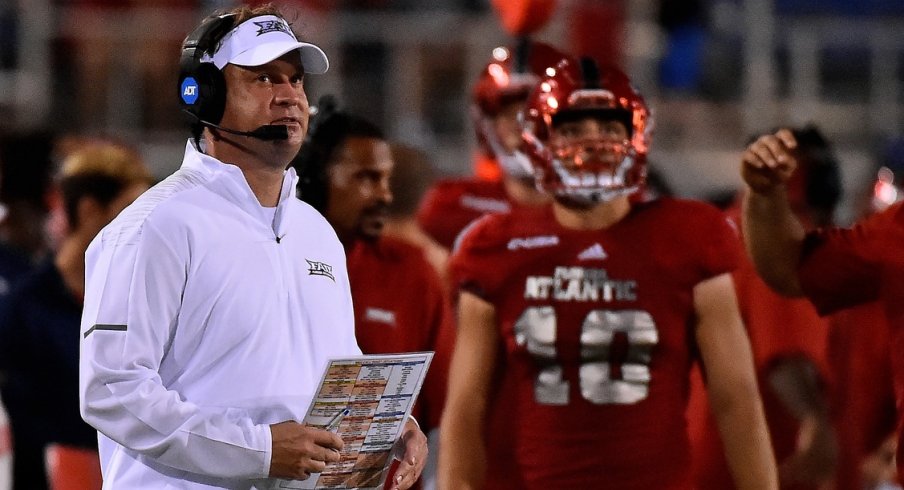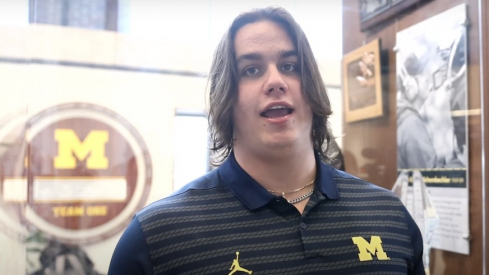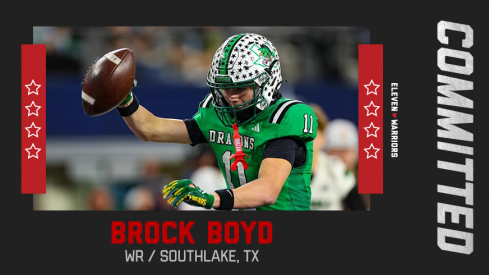It's easy to dismiss Lane Kiffin.
Most coaches work their way up from college coordinator to head coach before vaulting to the same level in the NFL. Kiffin, of course, has seen his career go the opposite direction. After stints leading the Oakland Raiders, Tennessee Volunteers, and USC Trojans, Kiffin famously rehabbed his image at the Nick Saban School for Misfit Coaches, pulling the Alabama offense from a punishing, pro-style attack into the modern age by implementing many of the spread tactics his boss had so often publicly decried.
Following a tumultuous divorce with Saban at the end of the 2016 season, Kiffin landed at Florida Atlantic University, taking the downtrodden Owls to an 11-3 record in his first season on campus. Last year, however, the program took a step back, finishing a disappointing 5-6 and providing Kiffin's many critics with the ammunition they craved.
As he looks forward to year three in Boca Raton, Kiffin will have his hands full in the season opener, as he'll take a collection of fellow cast-offs up to Columbus to be sacrificed to a far more talented Ohio State program. But although they will almost certainly spend the afternoon playing catch-up to Ryan Day's offense, Kiffin's crew has the potential to give the rebuilt Buckeye defense a long day of their own.
In both seasons under Kiffin's charge, FAU has featured an offense in the nation's top-15 overall, despite a revolving door of personnel. Though the 2017 squad ranked ninth with an average of 498 ypg and the 2018 version put up 478 ypg, the latter seemed to improve steadily as the season progressed, averaging an impressive 538 ypg in four November contests last fall (albeit against Conference USA opposition).
That trajectory can be mapped to the development and comfort of freshman Chris Robison, who was initially recruited to Oklahoma as a top-100 recruit in the class of 2017 but was dismissed from the program before ever taking a snap. After struggling in the 2018 opener against Oklahoma, ironically, Robison improved as the year went on despite battling a leg injury throughout the second half of the season.
As you may have predicted, Robison is currently suspended by Kiffin after violating an unspecified team rule, making his status for the opener unclear. If he doesn't play, it's likely that Buckeye fans will see another former high-profile QB step in under center, as Deondre Francois moved south from Tallahassee this summer after an off-the-field incident of his own.
Regardless of who shows up on the depth chart at the end of training camp, what Ohio State can depend on is Kiffin and 25-year-old offensive coordinator Charlie Weis Jr. (I'm serious) highlighting whatever talent is at their disposal. Despite coming up as an assistant in Norm Chow's pro-style offense of the early 2000s at USC, Kiffin's current playbook looks like a classic spread scheme, using motion, tempo, and quick reads to spread the field horizontally and exploit any personnel matchups he can manufacture.
This isn't new for Kiffin, who became what Chris B. Brown of SmartFootball.com declared as a "master copycat" during his time in Tuscaloosa. As Brown wrote in 2016 of the many concepts Kiffin adopted from elsewhere:
Although each of the plays I’ve highlighted were borrowed from so-called spread offenses like Ohio State, Baylor and Oregon, Kiffin’s borrowing them very much fits in with his and Saban’s “pro-style” background, where the emphasis is on situations and gameplanning — and drawing ideas from anywhere — as opposed to running only a core set of plays that fit together and relying on your team’s execution and the coach’s ability to move down the sequence as the defense tries to react.
“You’re always trying to get matchups, and sometimes they work and sometimes they don’t, because they coach too and they have good players as well,” Kiffin said earlier this week. “But you’re always trying to get certain coverages for certain plays, and that’s what we do all week, to figure out, ‘Do they play this versus this in these situations so we can run these plays?'”
As such, the Owls possess a deep stable of run/pass options (RPOs) from which they can pull in their weekly game plans, giving their young QB an easy read and allowing talented athletes to make plays in space.
The employment of motion at the snap, in particular, is seen quite often in Kiffin's scheme, pulling defenders out of position at the last possible moment and forcing them to adjust on the fly. This philosophy is nearly identical to that of Matt Canada, who lit up the Buckeyes late in 2018 with a similar game plan.
While Ohio State should have the edge along the line of scrimmage, the Silver Bullets struggled to defend athletes in space over the past two seasons. Though new coordinators Greg Mattison and Jeff Hafley have spoken at length about their desire to simplify things for their unit in hopes of corraling such plays, Kiffin will undoubtedly stress the linebackers and safeties by making them defend laterally.
If Robison does return for the opener, the Buckeyes will also need to account for his threat as a runner. Though not a burner in the open field, the sophomore-to-be possesses enough quickness and athleticism to cause problems in the traditional option game.
To make things easier for him, Kiffin and Weis call a variety of option reads, such as the Midline variety off outside zone blocking seen below in which the 3-technique tackle is left unblocked to be read instead of the end.
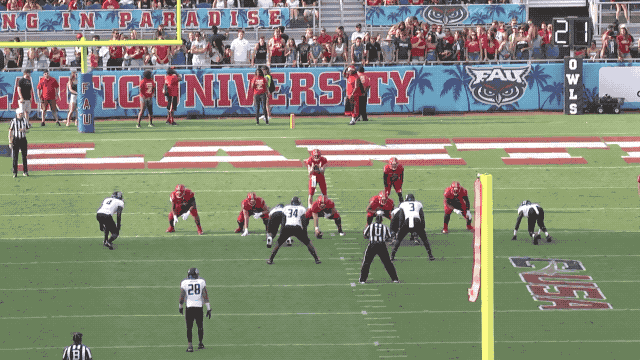
This threat is amplified inside the red zone, and Kiffin isn't afraid to sew confusion near the goal line as well. From the diamond formation made popular in the Big 12, the Owls essentially can run an old school wishbone offense, using misdirection and option reads to overwhelm the opposition.
As mentioned before, Robison improved as a passer as the season progressed, showing nice touch on occasion and proving why he'd been invited to the Elite 11 finals as a prep player.
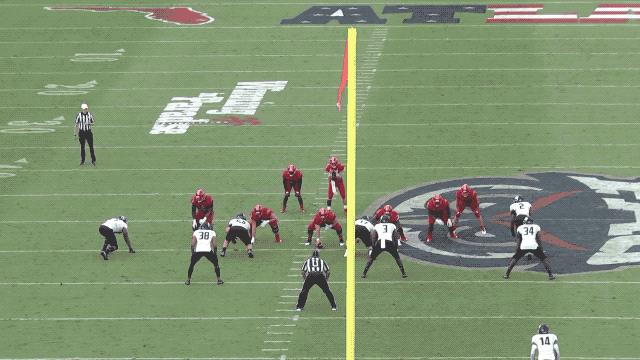
While his top target from a year ago, Jovon Durante, left early to pursue a career in the NFL, a valuable weapon remains in the passing game. 6'5" tight end Harrison Bryant returns after catching 45 balls for 662 yards last fall, totals which earned him first-team all-conference honors and a spot on Pro Football Focus' All-American second team.
With good size, speed, and hands, Bryant lines up all over the field and is a valuable weapon not only as a release valve but as a legit downfield threat.
But like many spread-option offenses of years past, the Owl downfield passing game is elementary at best. Though much of that may have been due to their youth at QB, Kiffin and Weis relied heavily last fall on quick throws that distributed the ball in clear passing situations that would've warranted more traditional drop-back concepts elsewhere.
FAU running backs were heavily involved in these situations, taking called screen passes for big gains. But Kiffin did an excellent job drawing up such schemes in a way opponents might not expect, such as motioning out the back to then run a play usually called for a wide receiver in the tunnel screen below.
As mentioned previously, Kiffin uses motion frequently, even in these long-distance situations. Though the example below was called back for an illegal block, it's a creative way of getting numbers outside and creating space for a wide receiver screen on 3rd and 9.
While such tactics make seem gimmicky to Ohio State fans, Kiffin knows he can't line up head-to-head with his opening week opponent and simply march straight ahead to victory. The Owls lost their top three playmakers to the NFL, including star running back and 2019 third-round pick Devin Singletary, along with three starting linemen. Replacing that talent won't be easy, and simply trying to out-execute a 30-point favorite on opening day is not a likely path to victory.
Instead, Kiffin can hope to catch the Buckeyes out of position by manufacturing mismatches and forcing the defense into mistakes as they learn a new system. He's done it plenty of times in the past, so Ohio State fans should be prepared to see points on both sides of the scoreboard come August 31st.
